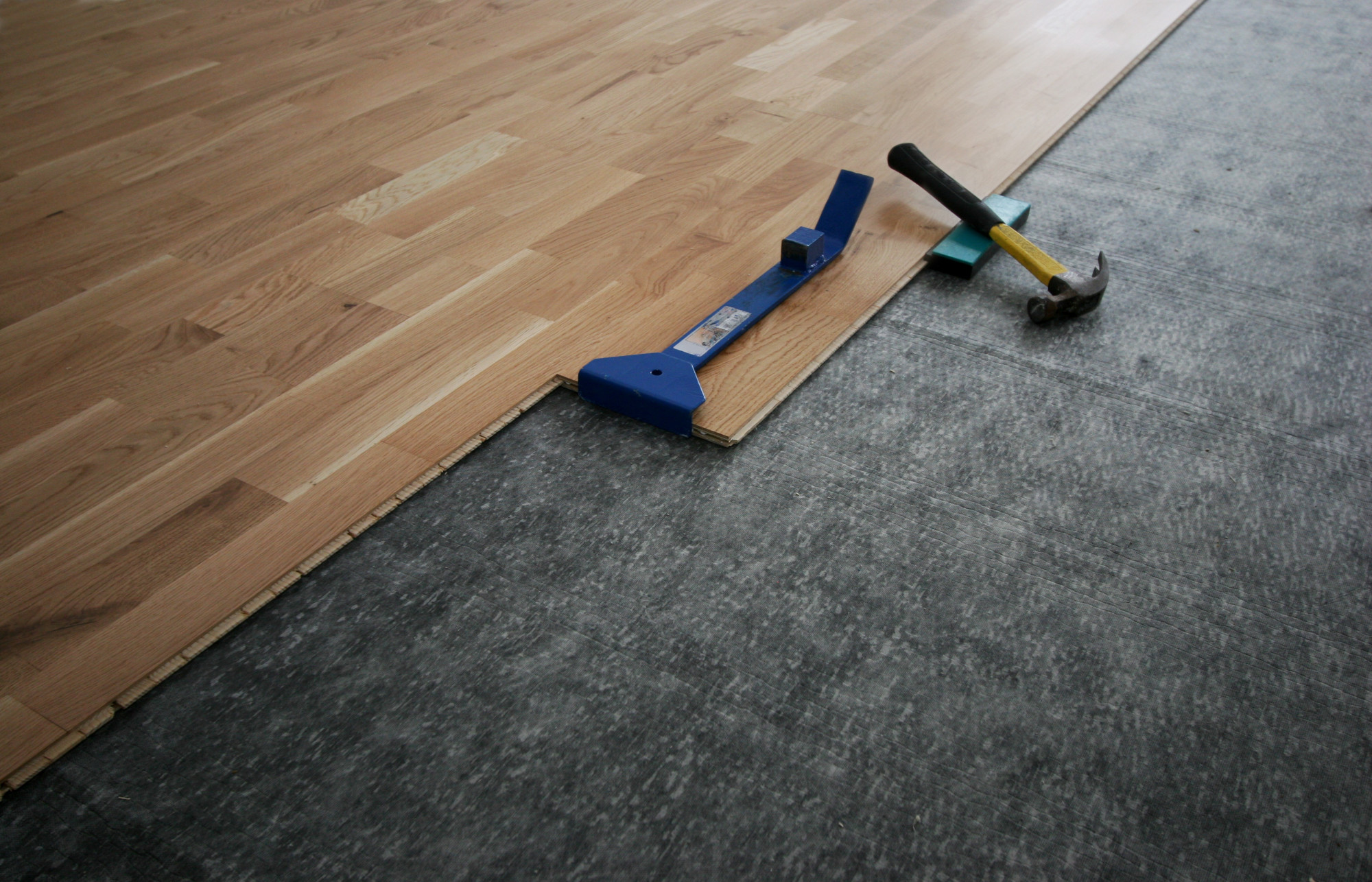LVT Flooring vs. LVP: What Homeowners Need to Know
LVT flooring has been making waves for some time now. But many people are unaware that there is a variation of this product on the market– LVP.
Despite this, there has been a 130% rise in sales of LVP products in the last year. This trend is more than likely to rise as people grasp the difference between LVT flooring vs LVP.
Here we give a quick breakdown of what they are, how they differ, and how they differ in value.
Contents
An Overview of LVT and LVP
LVT and LVP are two of the most popular choices in flooring today, as they offer excellent durability, waterproof floors, and wearability.
LVT stands for “luxury vinyl tile” and is an excellent option if you’re looking for the classic look of stone or ceramic tile without the hassle of complicated installation, grout maintenance, and upkeep. LVP stands for “luxury vinyl plank” and is an excellent option if you’re looking for the more contemporary look of hardwood.
Depending on your lifestyle, one of these floorings may better fit you and your home. Both LVT and LVP wear layers that protect them from everyday life. LVT generally has thicker layers and is more resilient against scuffs and scratches, making them ideal for high-traffic areas like hallways and living rooms.
Though LVP doesn’t have as thick of wear layers as LVT, it does offer more variety in style and color, allowing homeowners to customize their space according to taste. Learn more about these floorings and find what’s best for you.
Durability Comparison of LVT vs LVP
When comparing LVT and LVP flooring, homeowners should consider durability. LVT is known for its superior scratch, stain, and scuff resistance, making it an ideal option for high-traffic areas. The wear layer of LVT is thicker and more resistant to scratches and damages than that of LVP.
Also, LVT has a top-coat wear layer, making it more water-resistant than LVP, which is ideal for protecting against water damage. In general, LVT tends to be more expensive than LVP, but due to its quality, it can last longer.
Cost Benefits
LVT is often the less expensive option of the two and can last for a long time with proper maintenance. LVP tends to be more expensive but is also more durable, making it a good choice for high-traffic areas.
Both types of flooring are easy to clean and maintain and the installation process is much less complex than traditional flooring, resulting in an expected shorter installation time and less cost.
Maintenance Requirements
LVT flooring is a mixture of vinyl and PVC that simulates the look of using real tile or hardwood floors and requires very little maintenance to keep looking great. Regular sweeping and dusting are generally enough to keep it clean, but spots can be wiped up with a damp cloth and warm water.
On the other hand, LVP flooring is a thin, clickable vinyl plank and should be cleaned with mild cleaning supplies. Cleaning should be done with a damp mop and warm water, and a mild detergent should be used to eliminate any spilled water. Allowing dirt, debris, and liquid to accumulate on either flooring option can damage their finishes.
LVT Flooring vs LVP
In conclusion, LVT flooring vs LVP: they have its benefits and drawbacks. Homeowners should consider their budget, personal preferences, and lifestyle when deciding which is right for their home. If you are unsure, a professional can help you make the right decision to make sure your flooring is beautiful and practical.
Ready to learn more? Check the rest of our site today!

